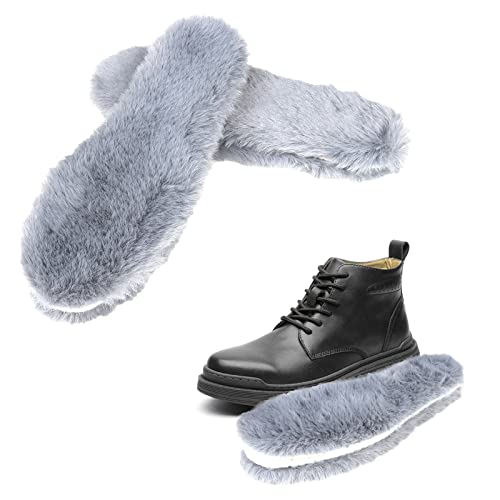We euthanized the struggling 13 week old v-lop doeling today. She was our "keeper" due to her dainty size and ultra sweet disposition. She was more affectionate than Mucky, somehow.
These velveteens have some exceptionally delicate systems. I culled one kit in the first litter, and this makes two in the second litter for GI problems.
My best guess is that it's something genetic. The meat kits are not plagued by any of the the same problems.
So lets see...this one...
She had developed mucoid enteritis almost two weeks ago, I think.
Despite receiving all of the supportive care I can manage, her GI troubles progressed into bloat. She ate and drank well right up until the end. She was mercy culled because bloat is painful, and chances of survival are pretty slim. (According to medi rabbit.) They give a dozen or so reasons why it can develop.
I was quick with the autopsy and photos, because I feel that a surprising amount of gas can form pretty quickly post mortem(I see it in healthy fryers from time to time), and I wanted an accurate view.
-- Sun Dec 21, 2014 12:46 am --
TONS of gas:


-- Sun Dec 21, 2014 12:51 am --
This was the only case of mucoid enteritis here since the corn in the feed incident last spring (I had just one case at that time). Surprised me because it was older kit with plenty of good grass hay to eat. She hadn't had any major shocks or adjustments to her living conditions.(She was born in the kitchen, and was being kept only one room away)
-- Sun Dec 21, 2014 12:53 am --
I was surprised to see rather healthy looking liver and kidneys too. She had developed a wasted look from struggling with diahrea for so long, and I was expecting to see ketosis or cocci.
Can anyone spot anything I'm missing? Any ideas on why the velveteens are so frail?
These velveteens have some exceptionally delicate systems. I culled one kit in the first litter, and this makes two in the second litter for GI problems.
My best guess is that it's something genetic. The meat kits are not plagued by any of the the same problems.
So lets see...this one...
She had developed mucoid enteritis almost two weeks ago, I think.
Despite receiving all of the supportive care I can manage, her GI troubles progressed into bloat. She ate and drank well right up until the end. She was mercy culled because bloat is painful, and chances of survival are pretty slim. (According to medi rabbit.) They give a dozen or so reasons why it can develop.
I was quick with the autopsy and photos, because I feel that a surprising amount of gas can form pretty quickly post mortem(I see it in healthy fryers from time to time), and I wanted an accurate view.
-- Sun Dec 21, 2014 12:46 am --
TONS of gas:


-- Sun Dec 21, 2014 12:51 am --
This was the only case of mucoid enteritis here since the corn in the feed incident last spring (I had just one case at that time). Surprised me because it was older kit with plenty of good grass hay to eat. She hadn't had any major shocks or adjustments to her living conditions.(She was born in the kitchen, and was being kept only one room away)
-- Sun Dec 21, 2014 12:53 am --
I was surprised to see rather healthy looking liver and kidneys too. She had developed a wasted look from struggling with diahrea for so long, and I was expecting to see ketosis or cocci.
Can anyone spot anything I'm missing? Any ideas on why the velveteens are so frail?































